Images: Colorful Corals of the Deep Barrier Reef
ROV Expedition
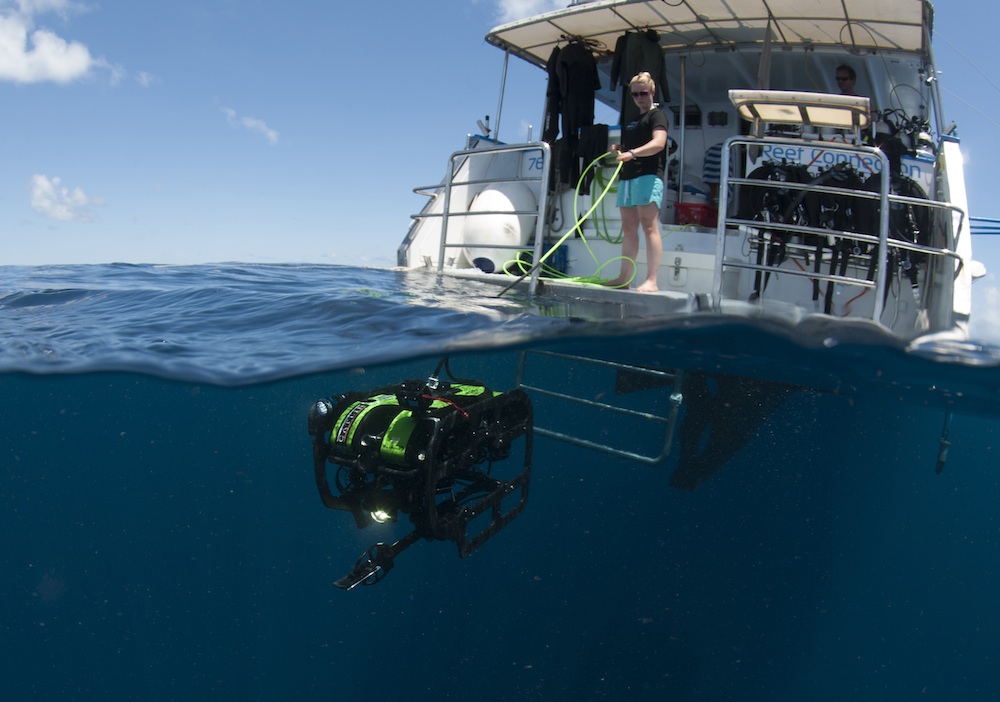
A researcher lowers a remotely operated submersible vehicle into the waters of the Great Barrier Reef.
Ribbon Reef
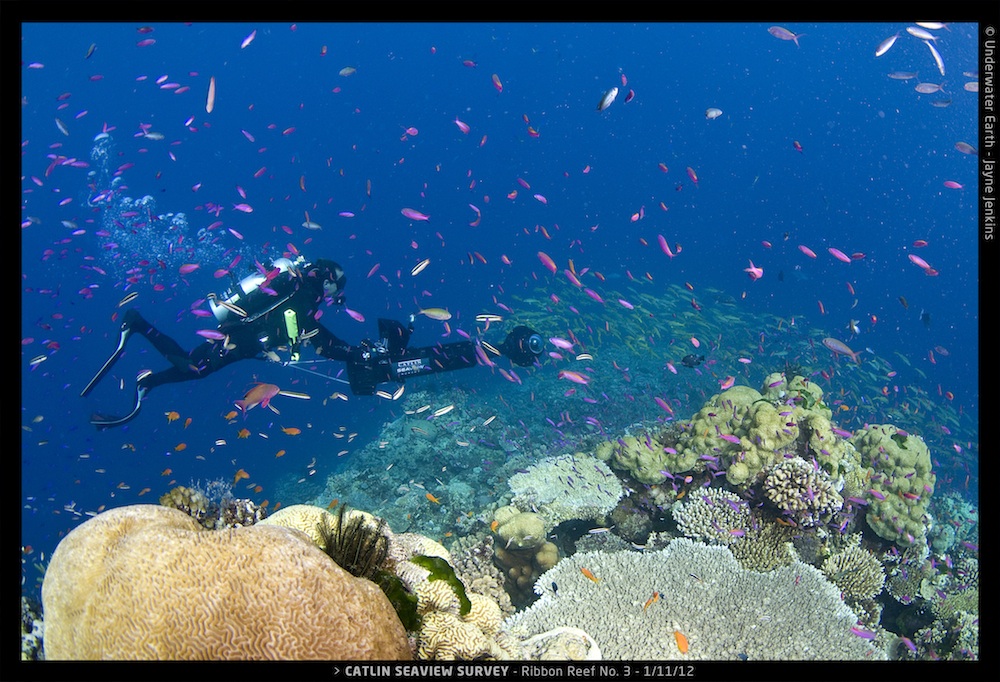
A scuba diver swims among colorful fish and coral in the northern Great Barrier Reef's Ribbon Reef. Researchers exploring the deep edges of the reef recently found coral living at 410 feet (125 meters).
ROV at Ribbon Reef

The remotely operated vehicle (ROV) sits on a cliffside at Ribbon Reef in the northern Great Barrier Reef.
Deep Coral
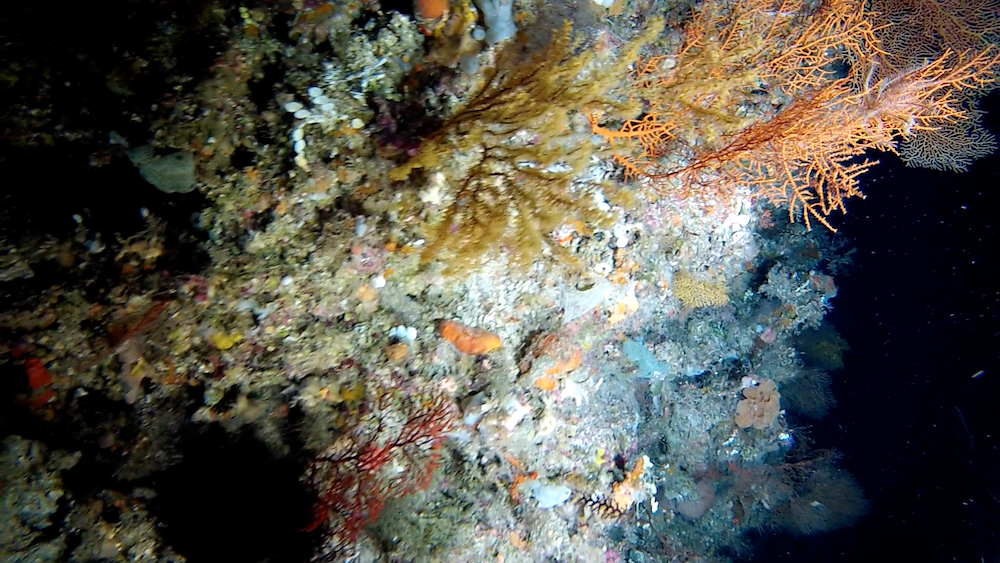
Coral was found lower than ever seen before in the Great Barrier Reef. The corals are four times deeper than most scuba divers can dive.
Deep Coral Reef
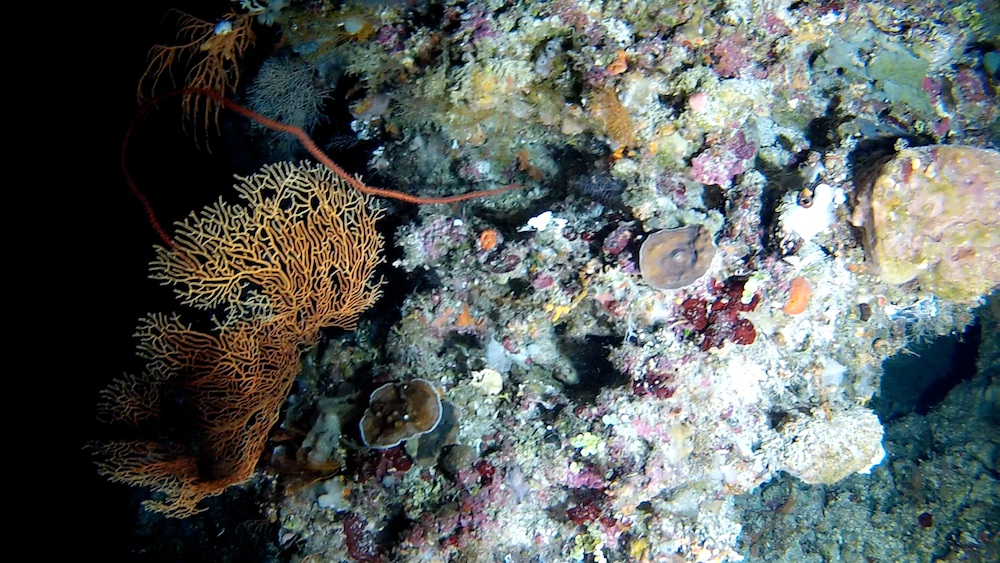
The corals are found in a place that is difficult to explore because of bad weather.
Deep Great Barrier Reef
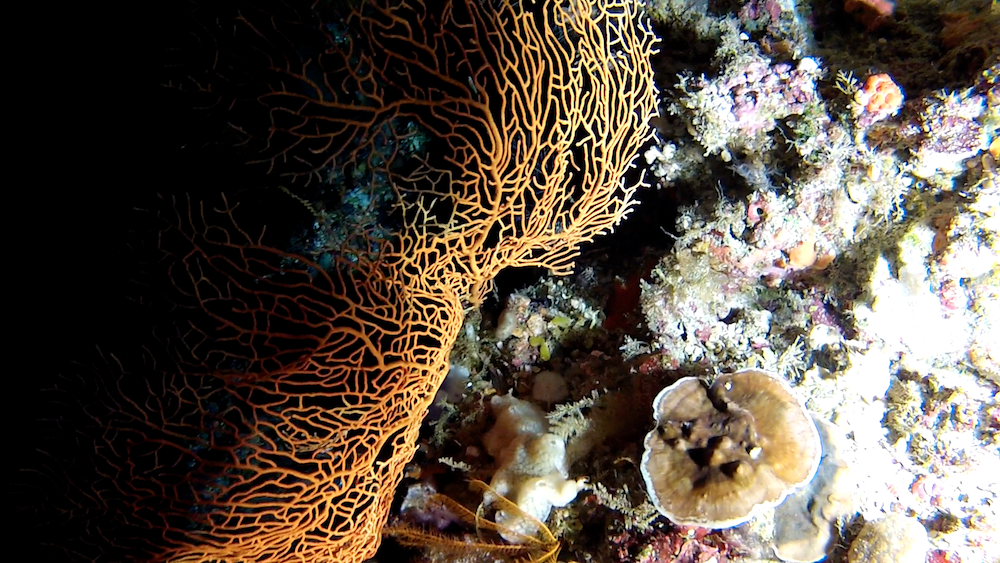
Deep corals found in the northern Great Barrier Reef.
Deep Coral
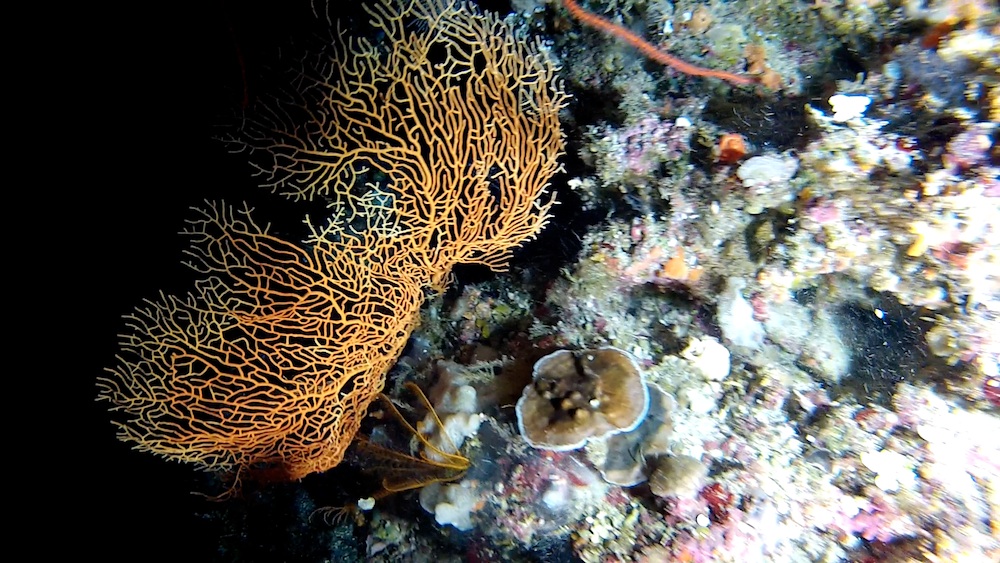
At 410 feet (125 m), these corals are the lowest ever seen at the Great Barrier Reef, though many non-light-dependent corals can survive at thousands of feet below the ocean surface.
Get the world’s most fascinating discoveries delivered straight to your inbox.
Coral Specimen

A single specimen of coral brought up from 410 feet (125 m).
Coral Specimen
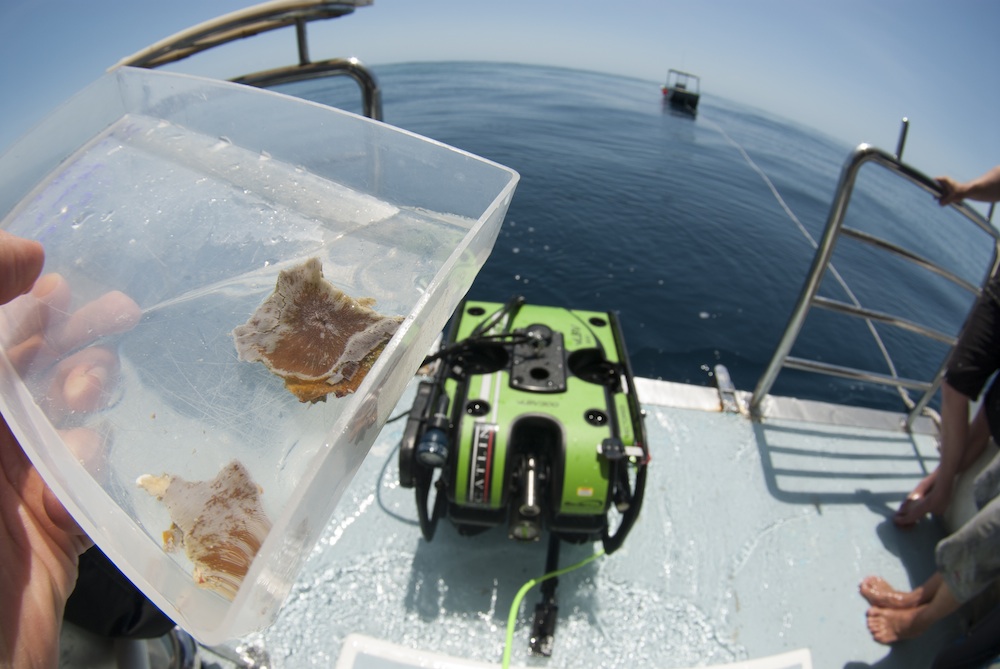
The coral is of the genus Acropora, a common reef coral.
Research Team
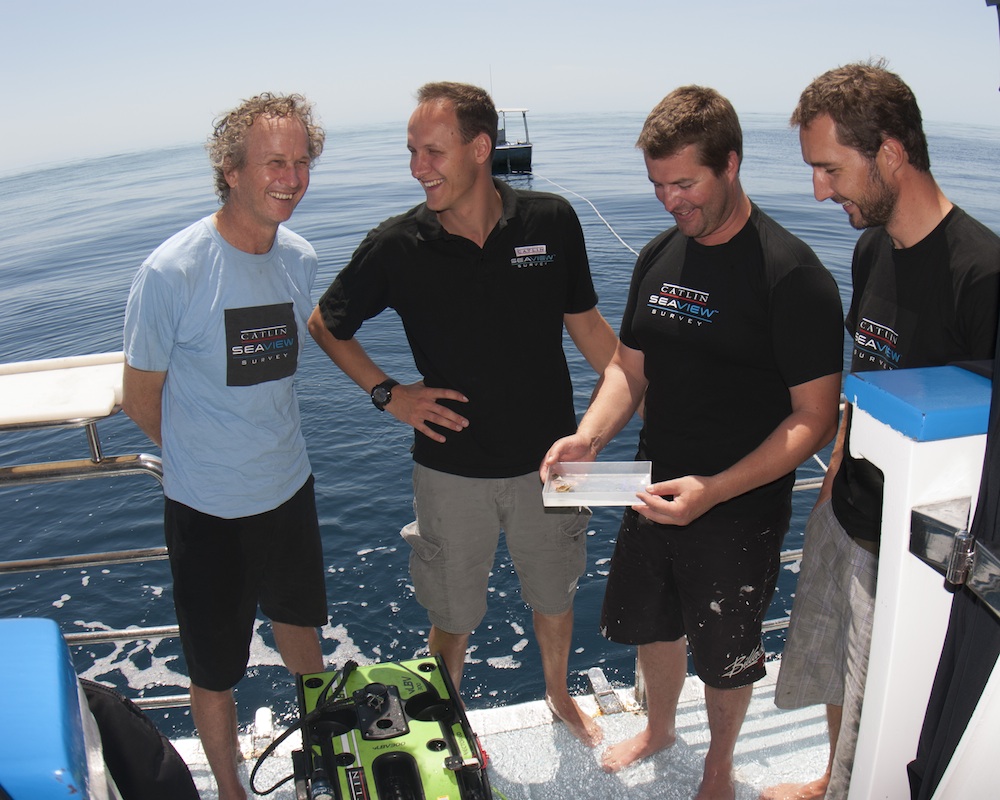
The expedition team celebrates their collection of the deep coral specimen.
Flat Coral
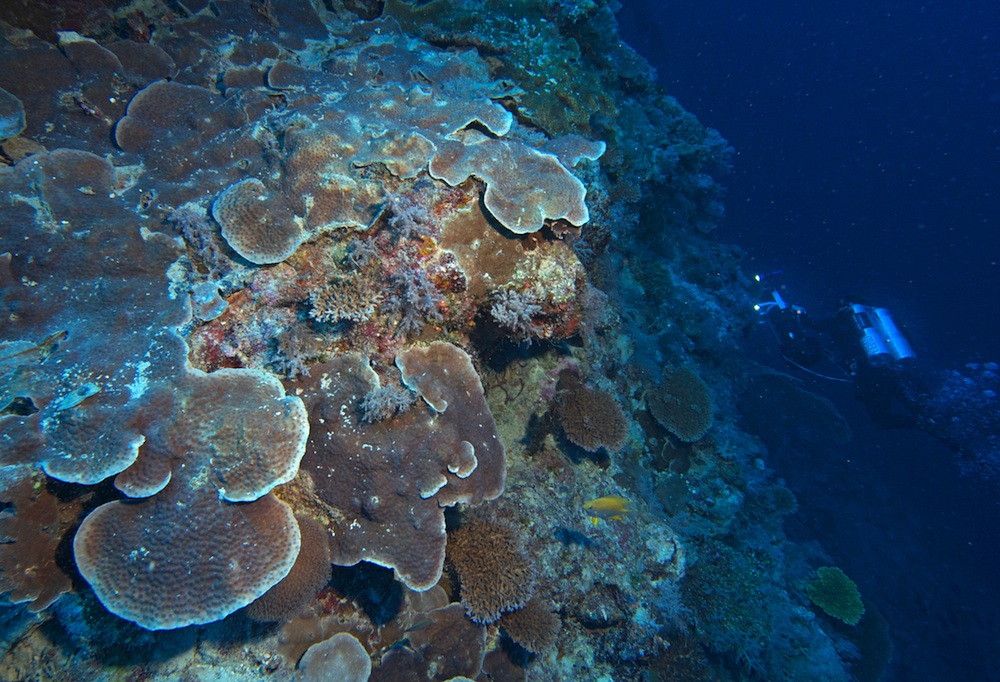
A shallower dive reveals how corals spread flat at depth to catch more light.

Stephanie Pappas is a contributing writer for Live Science, covering topics ranging from geoscience to archaeology to the human brain and behavior. She was previously a senior writer for Live Science but is now a freelancer based in Denver, Colorado, and regularly contributes to Scientific American and The Monitor, the monthly magazine of the American Psychological Association. Stephanie received a bachelor's degree in psychology from the University of South Carolina and a graduate certificate in science communication from the University of California, Santa Cruz.


